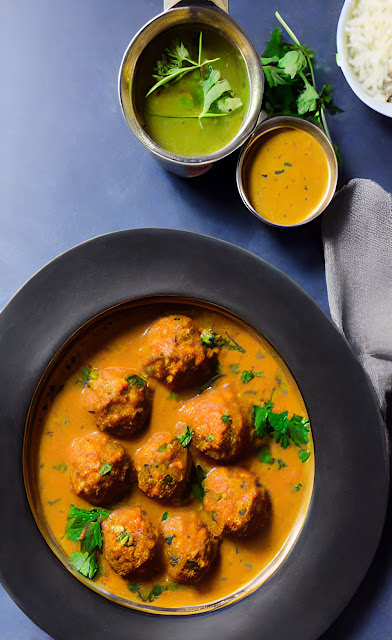Arabic tea
Both the words 'té' (Spanish), 'tea' (English), German, Dutch and most European languages also come from Chinese, but in this case from a dialect variant that was spoken in southern China where it is called "tea". Thus, the peoples that received tea by land trade name this product with terms similar to Mandarin "cha", while those who received it by sea trade call it "te". There is only one exception, which is the case of Portugal, which, although it was one of the first European countries to trade with China by sea, did so through the port of Canton. In cantonese the word for tea is "cha" and in portugués is also 'chá'.
The Arabs therefore received the tea by land, and more specifically through the Persians who had a border with China. Once the drink was known, they quickly adopted it and around it they wove a whole ceremony without a script, of visits between families and clans, where tea could never be absent. The preparation is very simple, you can use ingredients that are easy to find in the West and it is not necessary to use special utensils as in the case of Japanese or Turkish tea, except for the tulip-shaped glass cups.
I do not know the exact amount of tea that an Arab gets to drink throughout the day, but I am sure it does not go below one liter (5 cups). Even when they work, it is common for there to be a kind of servant who is distributing cups of tea among the workers on request or when he realizes that the previous glass has been empty.
INGREDIENTS (for 8 small glasses or four medium cups):
- 2 cups of water (400 ml)
- 2 tea bags or two teaspoons *
- 4 fresh sage leaves or a fresh mint branch
- 4 teaspoons sugar (or to taste)
- Cardamom seeds (optional)
- Honey (optional)
- Lemon slices (optional)
* The most widely used brand of tea bags in Saudi Arabia is Lipton. In fact, you will not find any other brand since it seems that the monopoly belongs to a prince of the royal house who would not look favorably on competitive products.
Bring the water to a boil in a saucepan. When this happens we pour it into the teapot where we have already placed the two bags or the two teaspoons of tea. Then we introduce the mint branch or the sage leaves, to taste (I particularly prefer the first one) and if you want some cardamom seeds or, less frequently, a teaspoon of honey and a lemon wedge. Some prefer to add the sugar directly but in my case I add it later and thus each one chooses the sweetness they want.
It should be left to rest for 6 or 7 minutes and it can be served. If you have used bags there is no problem, but if you have used loose tea you can filter it with a strainer or let it fall into the glass and it will settle at the bottom little by little (in this case the sugar must be added in the teapot to prevent the diner, when stirring with the spoon, raise the tea grounds again).
Arabic tea is ALWAYS drunk hot or warm, even if it is 50 degrees (122 F) in the shade. In fact, drinking it hot helps them to sweat and thus lower their body temperature, so you will see few Nestea with ice consumed in Arab countries. The mint or other flavoring should not be deposited inside the glass and if it is too strong it can - and should - be reduced with a little water.
It is rude to refuse a tea offered by an Arab, whether it is the one offered to you by a Bedouin from the desert or the one invited by the King of Saudi Arabia. In addition, the guest is expected to drink at least three cups, whether he likes it or not, being able to politely reject any new attempt to refill the glass from that amount. And if he doesn't say anything, he'll swallow a couple of liters (10 cups) in one sitting, like I did at the beginning of traveling through the area having fear to offend my host.




Comments